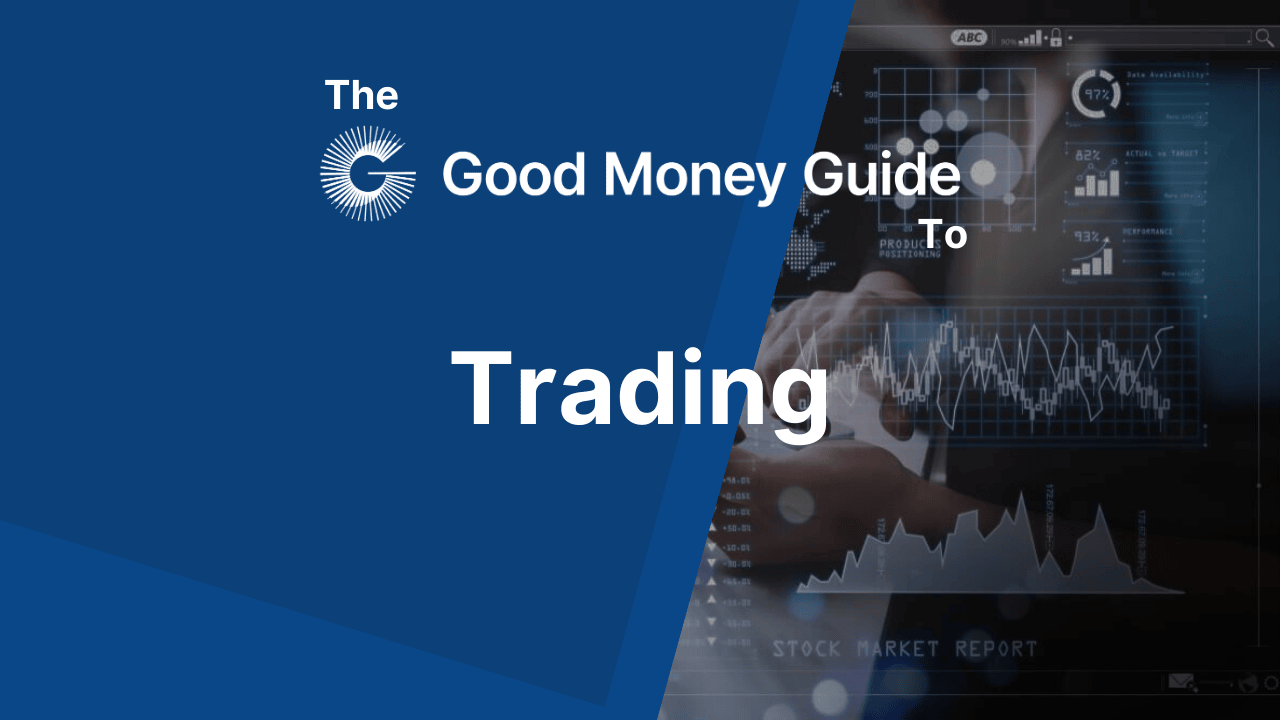Assessing the Value of Trading Signals from Social Platforms
Trading signals from social platforms have become increasingly popular as more traders share their strategies and market ideas online. However, while these signals can provide useful insights, it’s crucial to assess their value before acting on them. Here are key factors to consider when evaluating trading signals from social platforms.
1. Source Credibility
The first step in assessing a trading signal is to verify the credibility of the person or platform sharing it. Look for traders with proven track records, professional experience, or certifications. Many trading signals on social platforms come from anonymous or unverified sources, which...
Please register or log in to continue...
Become a better, more informed investor with Good Money Guide. Our expert, exclusive educational courses provide the sort of information that everyone, from first-time investors to experienced professional traders, can learn to profit from.

